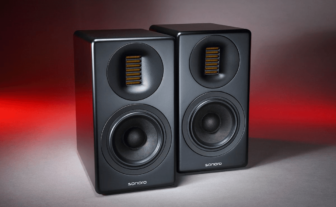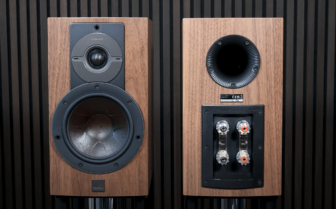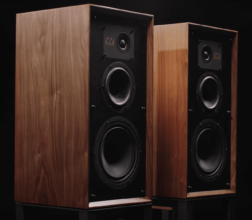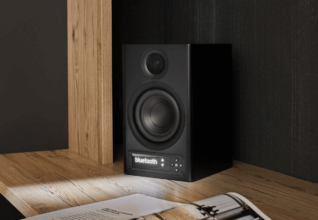ELAC Debut 3.0 DB63-BK Bookshelf Speakers Review
In 2016, Elac relaunched its “Debut” entry-level series with the help of star designer Andrew Jones, rapidly conquering the North American market. Now the popular Debut series is in its third generation. Is the buzz deserved?
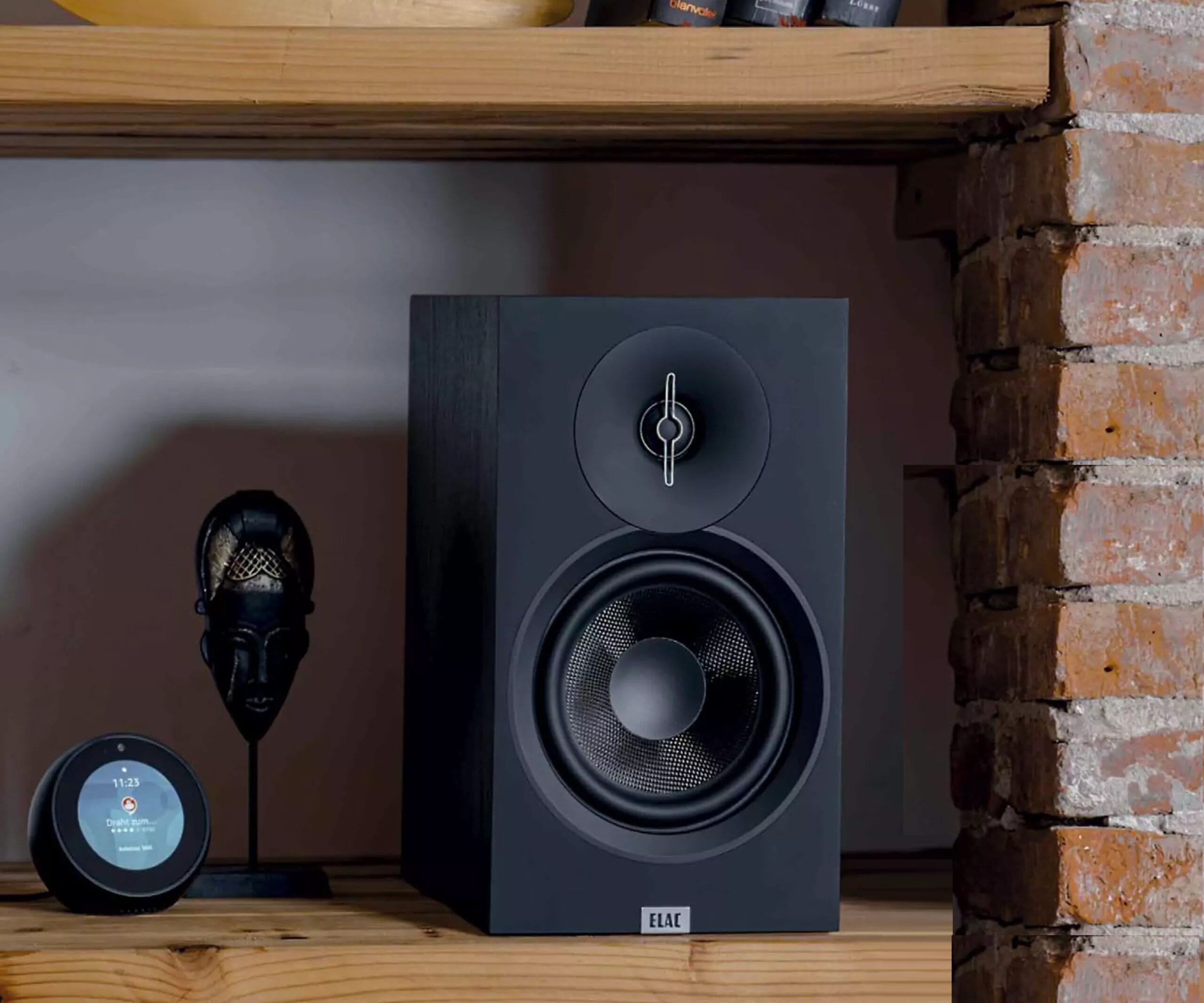
By Frederick Heinz
After moving to MoFi, Andrew Jones scored another major success with the Sourcepoint. This raises the question of how much of the Debut series’ popularity is due to the renowned designer and how much is thanks to Elac’s own advancements. To find out, we brought in the largest bookshelf speaker from the Debut 3.0 lineup for a listening test.
Construction and Technology
Even in the second generation of the Debut series, Elac went beyond a simple model update and made confident changes to Andrew Jones’s original design. For instance, the bass reflex port was placed on the front, and the midwoofer was given a classic dust cap, while the 25-millimeter silk dome with a waveguide, the 6.5-inch midwoofer with an aramid-fiber cone, and the overlapping driver arrangement were kept. It seems Elac took these lessons to heart. Those findings flowed into the development of the Debut 3.0 series, resulting in certain updates. First, some elements of the original generation returned, such as the bass reflex opening placement and a concave rather than convex dust cap. Second, Elac chose a completely new tweeter.
The new tweeter dome is still 25 millimeters in size, but it’s now made of aluminum rather than fabric. This aluminum dome, paired with the acoustic lens and larger waveguide is intended to create better dispersion.
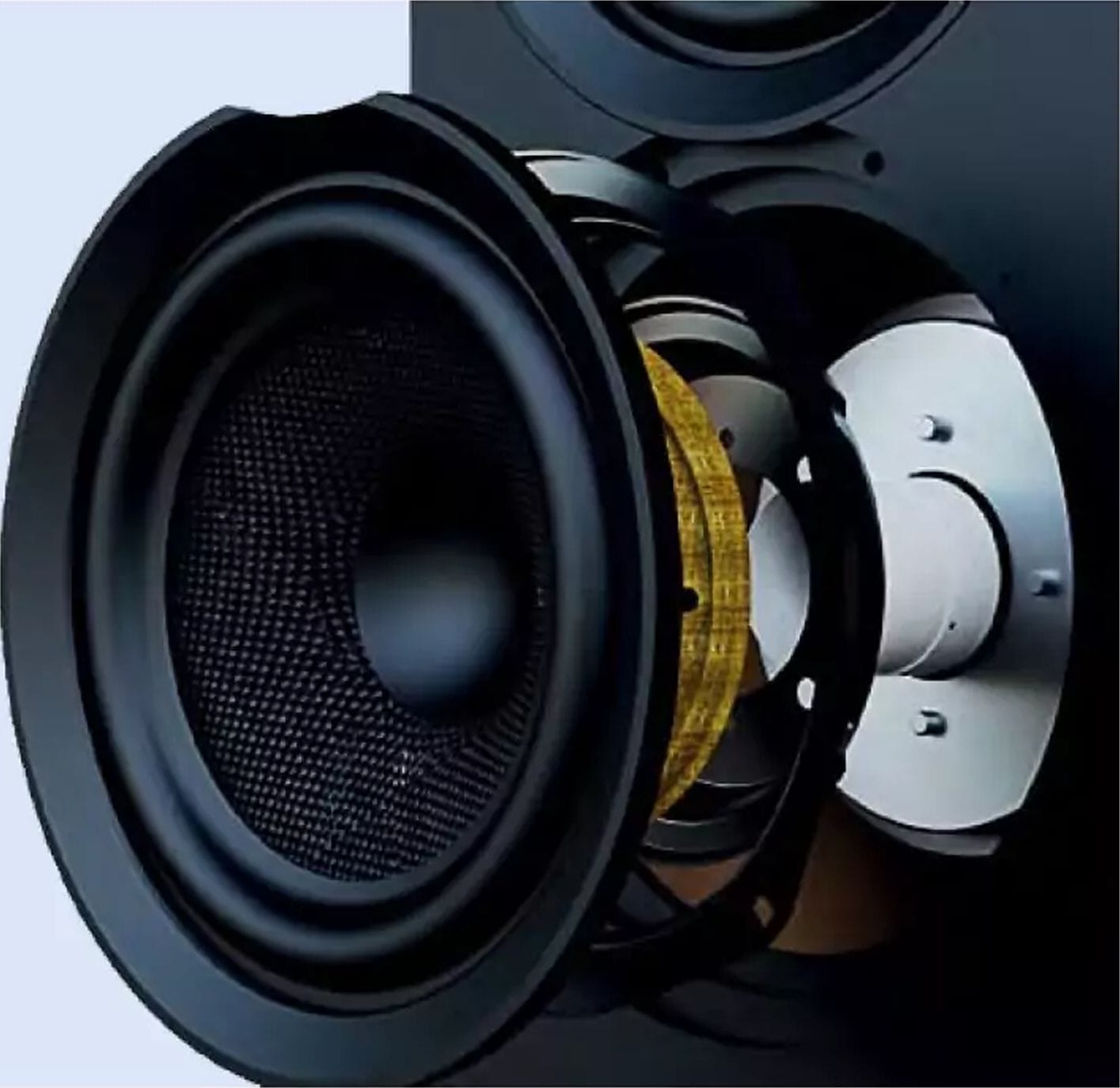
CONSTANT: The 6.5-inch midwoofer remains a key component of the new Debut series. It now has an additional small waveguide ring.

TIGHTEN SECURELY: Be sure to firmly tighten the sturdy screw terminals, even with banana plugs. Otherwise, they may rattle during strong cone movements.
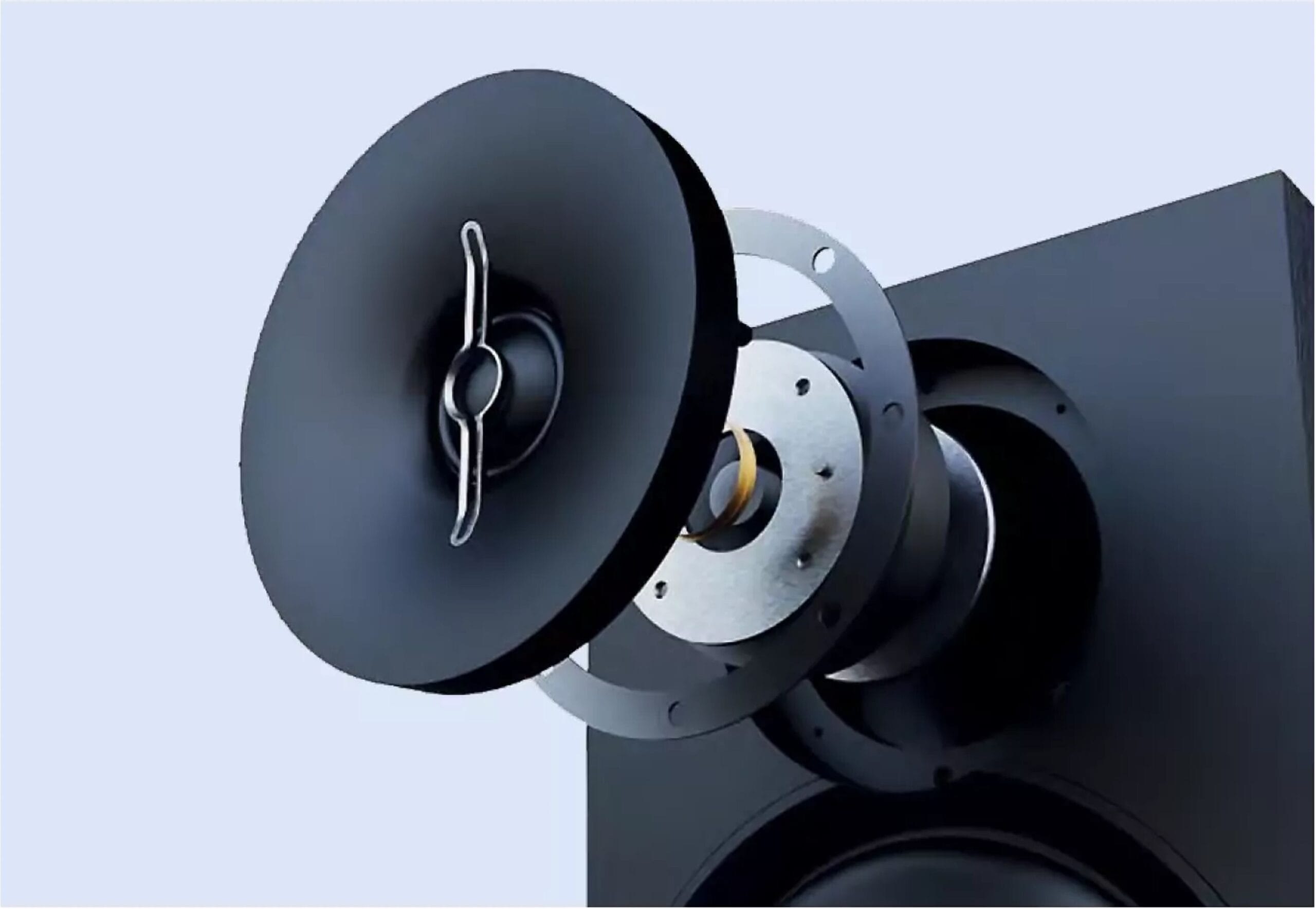
NO SWEET SPOT: The larger waveguide and acoustic lens provide excellent sound dispersion.
The midwoofer itself saw fewer changes compared to the previous generation. The decorative ring now doubles as a small waveguide, which also improves sound dispersion. Aramid fiber clearly remains the preferred cone material. Like the first generation, the dust cap is inverted. The cabinet is built from thick MDF and reinforced with a central brace. Not only does it weigh in at nearly eight kilograms—quite hefty for this price range—but a quick knock on the cabinet also produces a short, bright sound.
Even the most reluctant listeners won’t be able to stay seated once the Elac DB63 shows off its dynamic drive.
Some critics claim that metal domes can sound a bit harsh, especially in the “S” sounds, but that was not the case here. The DB63 sounded warm and substantial, thanks in part to its nearly eight-kilogram weight and, on the other hand, to the cabinet’s quick, bright reaction when tapped.
The crossover is not mounted directly onto the rear of the terminal—presumably to protect against vibrations—and is instead placed on the more stable base of the cabinet. The single-wiring terminal features high-grade, comfortable screw connectors.
Full and Powerful
Although metal domes sometimes come with a reputation for harshness, the DB63 proved ideal for extended listening, even at higher-than-usual volumes.
The bass performance was both punchy and well-defined, retaining enough detail to avoid muddiness. The DB63 can easily handle being placed near a wall, but directly against the wall, the lowest frequencies might feel a bit exaggerated.
Thanks to its excellent dispersion, the DB63 did not require meticulous angling toward the listening spot—despite a slightly reserved top end—so there was no strict sweet spot. Its strengths include superb spatial imaging, a broad soundstage, and a thrilling sense of drive.
If you’re after an ultra-analytical sound lens, these speakers might not be the best match. The Elac DB63 is all about fun, avoiding microscopic dissection of details and focusing on the music itself. This was especially evident when listening to “Anna-Leigh” by Swedish rockers “Royal Republic,” which turned into a spectacular audio show in the room.
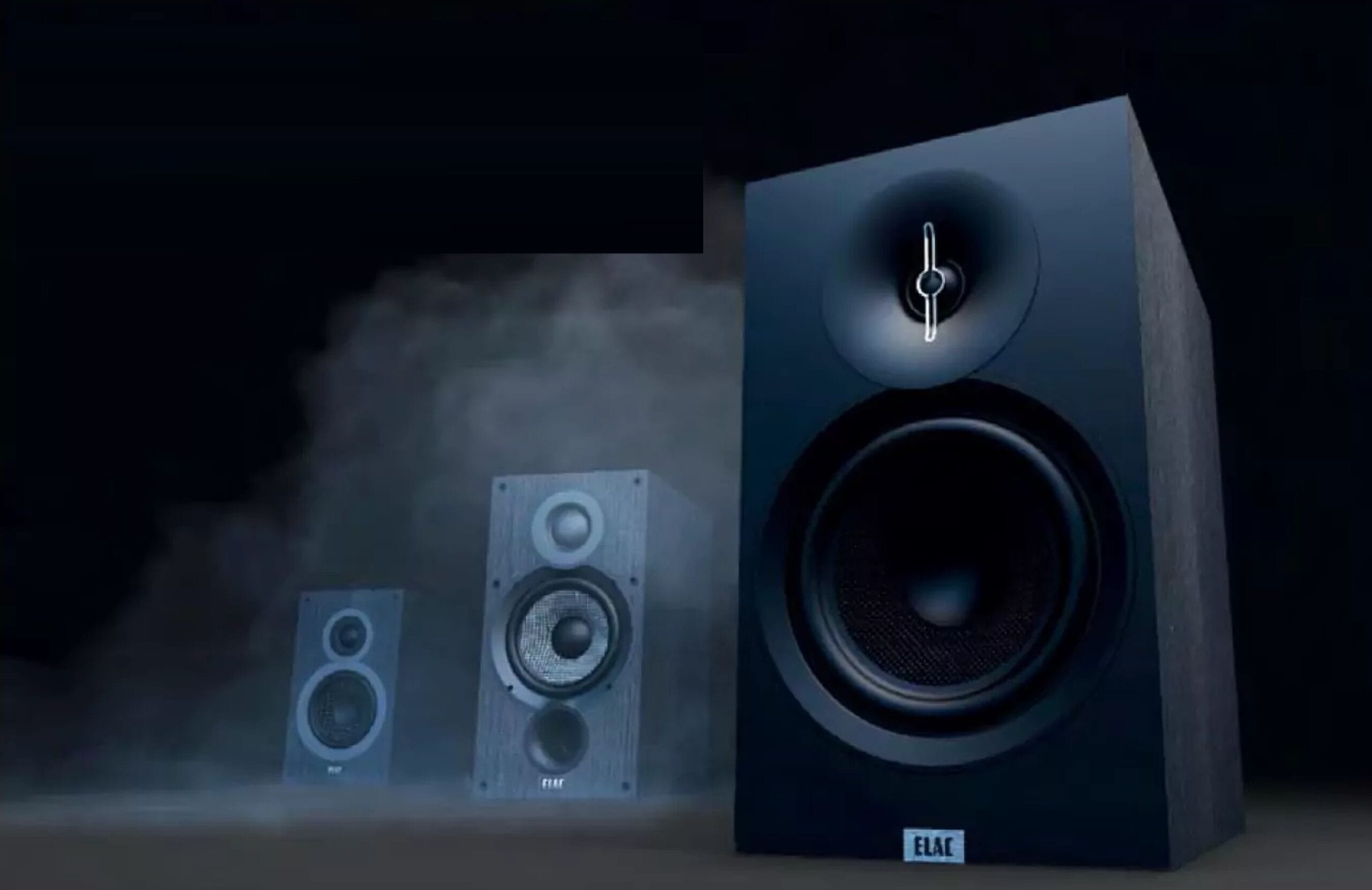
EVOLUTION: Elac made a real breakthrough with the relaunch of the Debut series eight years ago. This entry-level series is now in its third generation.
Elac Debut 3.0 DB63-BK Measurements
The frequency response has low ripple (+/- 1 dB) with a smooth drop from bass to highs (5 dB). The off-axis response is consistent (frequency curves nearly identical). Impulse response is good with quick decay. The tweeter resonates at 24 kHz, well above the audible range.
For its size, bass extension is solid: -3 dB at 54 Hz / -6 dB at 44 Hz. Distortion increases gradually toward the bass range, and the speaker achieves a good maximum level of 97 dBspL. Sensitivity is average (82 dB/2 V), and the impedance (4 to 32 ohms) is easy on most amps. Recommended amplifier power is 30–60 W at 4 ohms. AUDIO rating: 6.7 out of 10.
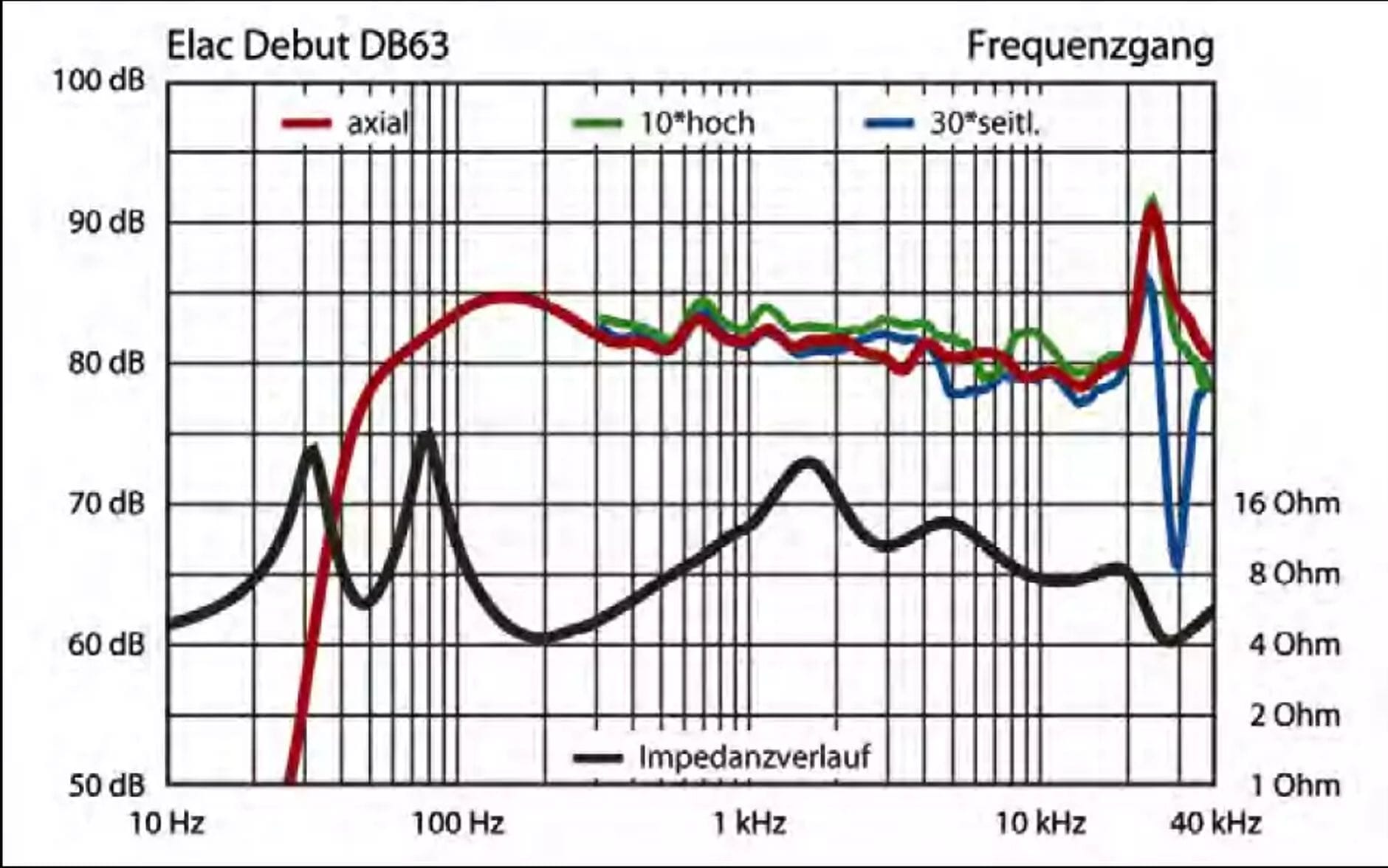
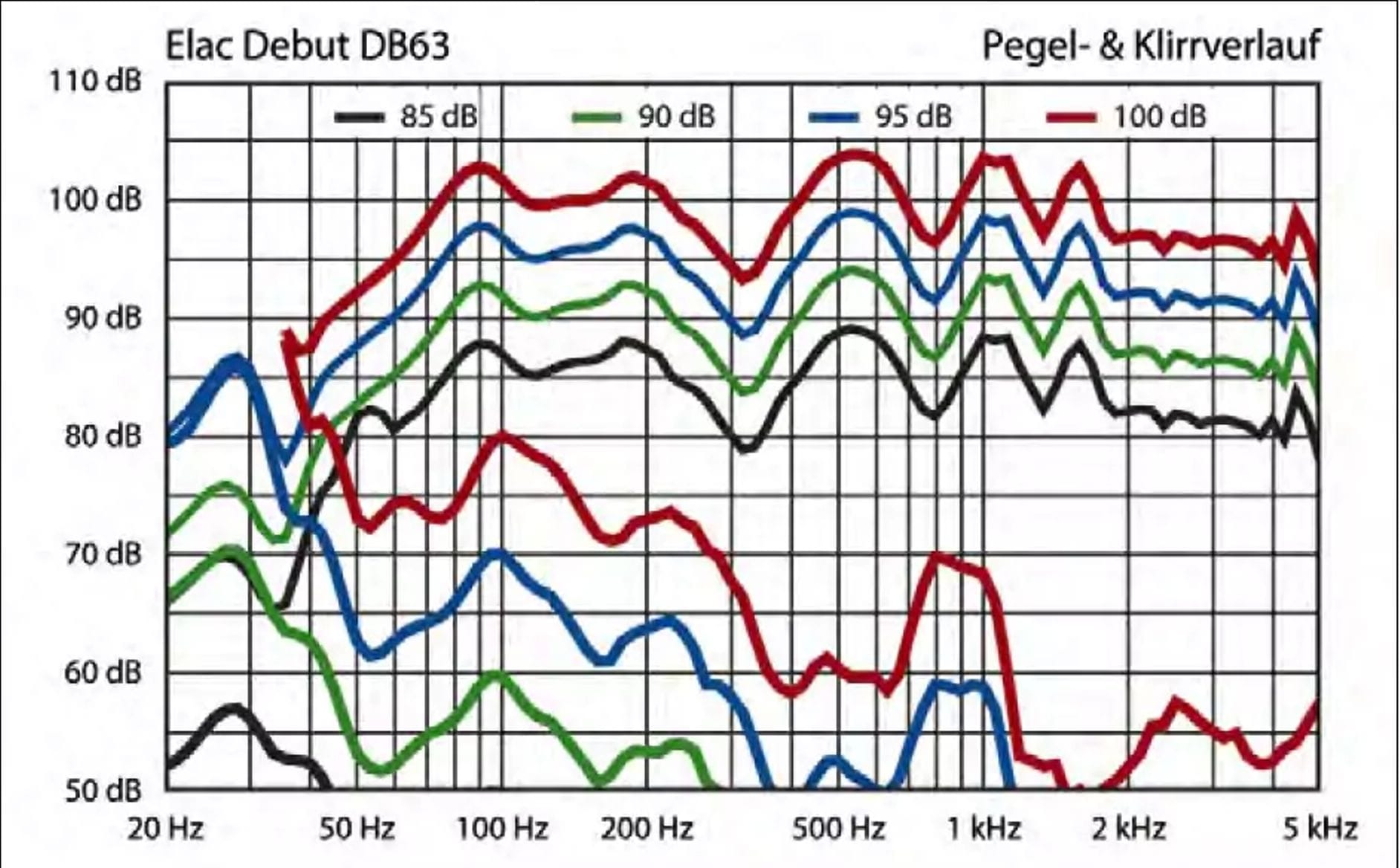
Measurements
Sine Wave Power (1 kHz, k = 1%)
- 8 Ω: 49 W
- 4 Ω: 88 W
Music Power (60 Hz burst)
- 8 Ω: 49 W
- 4 Ω: 90 W
Signal-to-Noise Ratio
- Line (10 V into 8 Ω): 101 dB
- Phono MM/with System (10 V into 8 Ω): 82 / 78 dB
Power Consumption
- Standby / Operation: 0.2–1.1 / 27 W
CONCLUSION:
Whether the Debut 3.0 DB63 from Elac lives up to the hype doesn’t really matter. What counts is that you get a speaker at a very fair price in dollars that brings pure enjoyment, allowing you to momentarily forget the sometimes overly serious audiophile pursuit of tiny details.
Ratings
- Measurements (Messwerte): 8/10
- Practical Use (Praxis): 8/10
- Build Quality (Wertigkeit): 8/10
When you purchase through links on our site, I may earn an affiliate commission. Here’s how it works.
New ELAC Debut 3.0 DB63: The Best Budget Speaker Available Today?
Join this channel to get access to perks: https://www.youtube.com/channel/UCzIiBGCjhGMf24i1C-skgEw/join #HiFi #Audio ...






